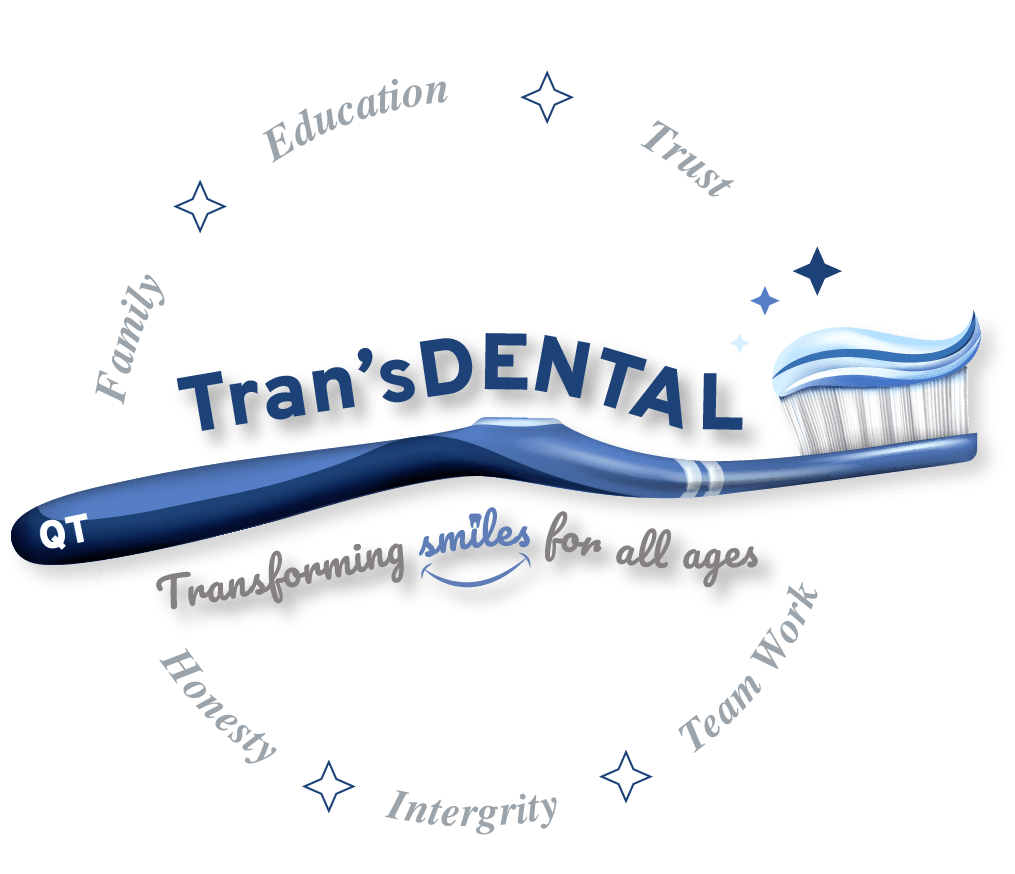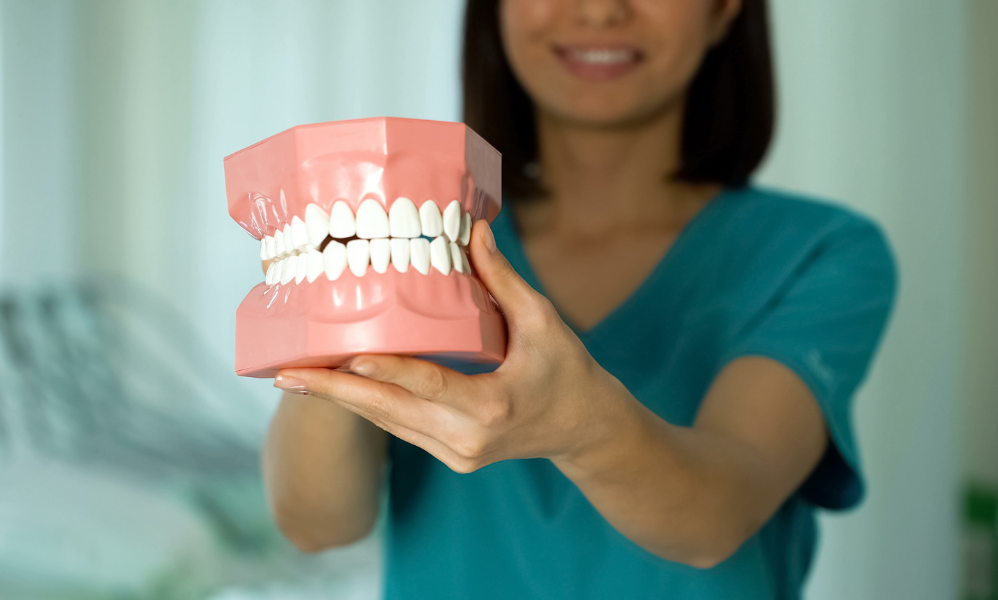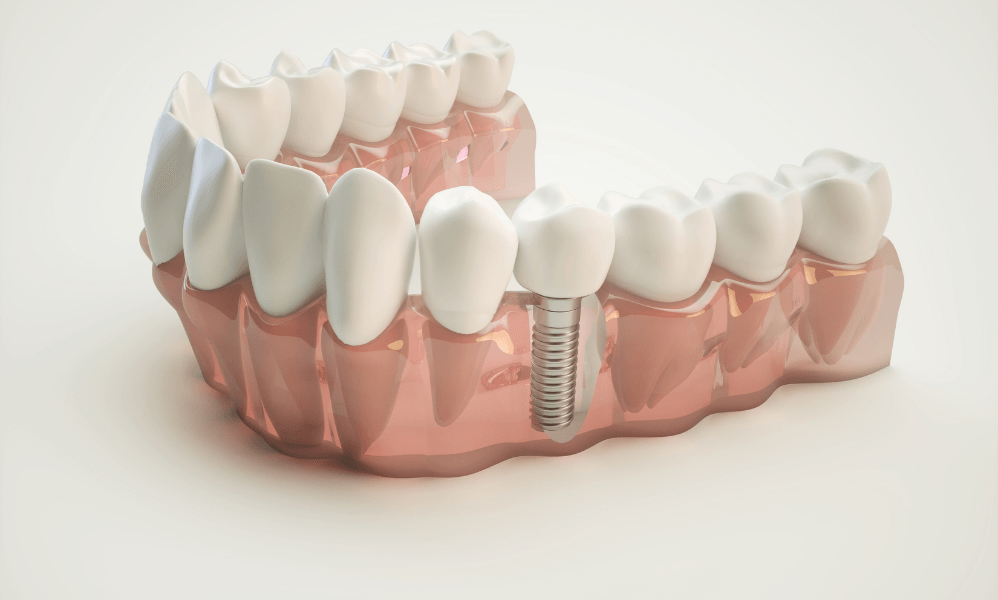What Are Sealants?
Sealants effectively prevent tooth decay. A thin coating of sealant painted on the chewing surface of the teeth bonds to grooves and forms a shield over the enamel.
Brushing and flossing will remove most food particles and plaque on smooth surfaces, but the bacteria can hide in uneven surfaces at the back of the mouth (premolars and molars). Sealants do a great job of protecting these vulnerable areas.
Who Should Get Sealants?
Children from ages six to fourteen are particularly vulnerable to cavities, so this is a critical age to have sealants on their premolars and molars. In some cases, sealants on baby teeth are necessary when a high risk of decay exists. Baby teeth have a vital role in holding the correct spacing for permanent teeth and should be healthy.
Adults would also benefit from applying sealants on cavity-free molars to keep those teeth free of decay.

What Research Says About Sealants
A CDC report states that dental sealants prevent 80% of cavities for two years and 50 % up to four years.
According to the CDC, the sealants can stay in the mouth for up to nine years.
Only about 43 percent of 6- to 11-year-old children have dental sealants. School-age children without sealants are three times more likely to have cavities than children with sealants. The CDC reported that applying sealants in school-based programs to the nearly 7 million children from low-income households who don't have them could save up to $300 million in dental treatment costs.
Some potential problems require the reapplication of sealants. Studies detect slight exposure of BPA in saliva for three hours after a procedure which returns to baseline within 24 hours. No findings of BPA in blood serum, and there are no reports of adverse reactions. This finding is much less severe than exposures with tooth decay and treatments.
Long-term benefits
Sealants are a painless procedure, well tolerated by most people with the long-term benefits of cavity-free molars. Adults can also benefit from sealants because with age, our exposure to decay increases, and saliva protective quality and biochemistry change with certain medications over time.



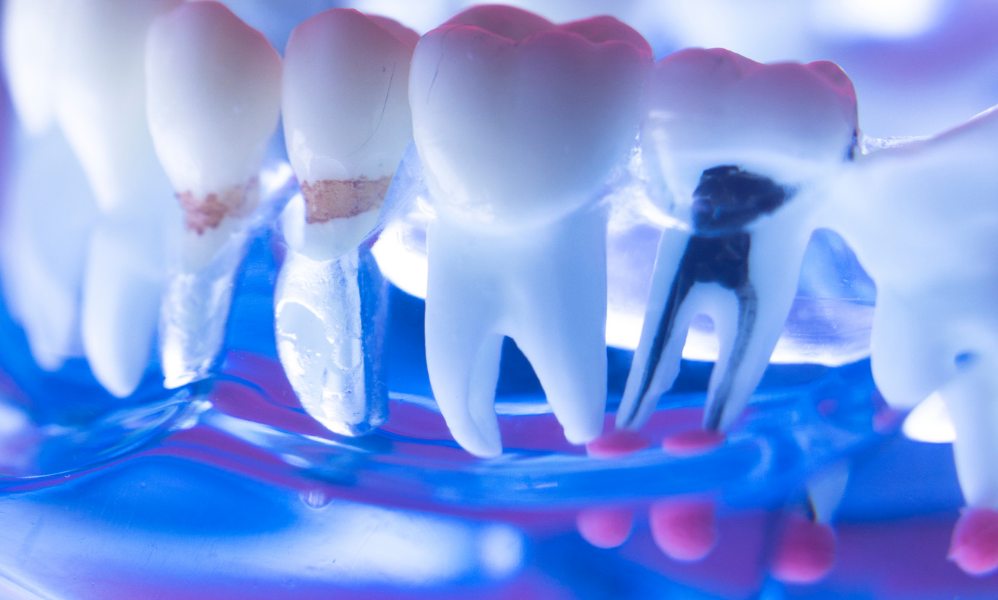

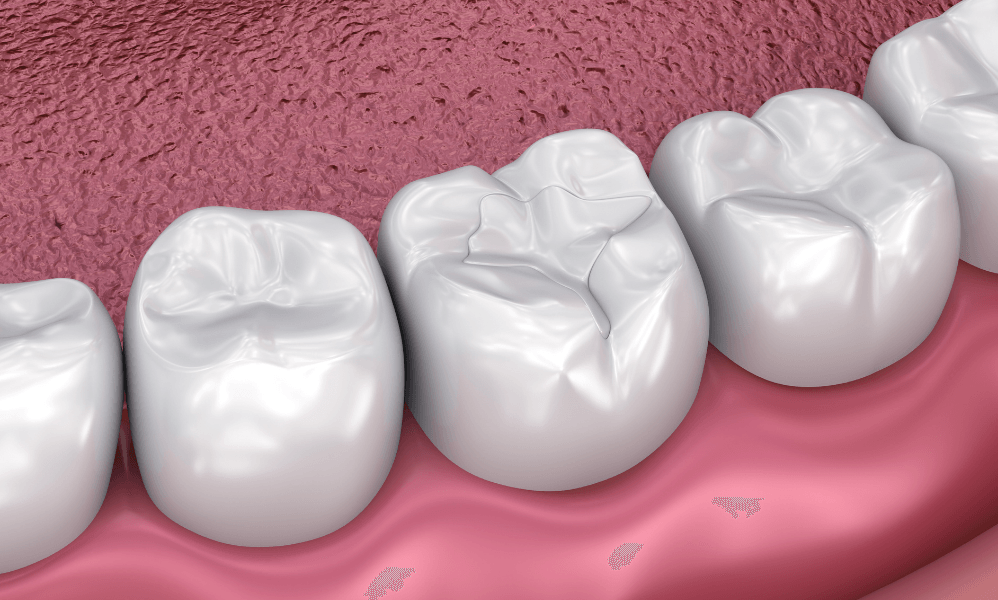
Business Hours
Monday
9 am - 5 pm
Tuesday
11 am - 7 pm
Wednesday
11 am - 7 pm
Thursday
9 am - 5 pm
Friday
9 am - 5 pm
Saturday
by appt
Services
© Copyright 2024 | All Rights Reserved | Tran’sDENTAL
